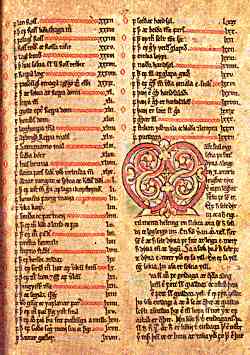NST History and Althing
Dave Olson | Published on 9/14/2024
Norwegian Society of Texas Althing
In February of 1975, the original planners, now grown to 29, met again in Dallas, and decided that it would not do to wait for Sons of Norway but to establish a Texas organization. Working groups were set up to start a nonprofit organization in Texas. The name was selected – Norwegian Society of Texas. Wayne Rhone was selected as Legal Advisor and charged with the official applications. Gunnar Engen was charged with developing a Constitution and By-laws. It was decided also that NST should be managed by and organization called the Althing after the Icelandic Parliament – the first established parliament in the world. That is a board of director with a President and the usual officers.
The formation documents were adopted, and the officers of the Althing elected in a meeting of 104 charter members in Dallas on March 8, 1975. And on March 25, 1975, the Texas Comptroller of Public Accounts issued the charter to NST as a nonprofit corporation. The incorporators were Carl Sorenson, also elected as the first President, Gunnar Engen, Vice President, and Wayne Rhone, Legal Advisor.
Next year we will be celebrating of 50th year anniversary of founding!
Viking-Age Laws and Legal Procedures

Laws and legal procedures varied from one Norse land to another and changed and evolved throughout the Norse period. We probably know more about law in Iceland during this period than other lands because more was written about it. Icelandic law books, such as Grágás (right), were written hundreds of years after the Norse era, but many of the laws and legal traditions described in the book date from the earlier commonwealth era. The laws were first written down in the winter of 1117-1118, and at least some of the laws in Grágás are thought to represent the law as practiced at that time, shortly after the close of the Viking age.
In addition, many of the Icelandic family sagas provide extensive details of laws and legal procedures as central parts of their plots. Again, these were not written down until hundreds of years after the events described, but they do provide a valuable, if distorted, picture of legal procedures of the era.
Read More